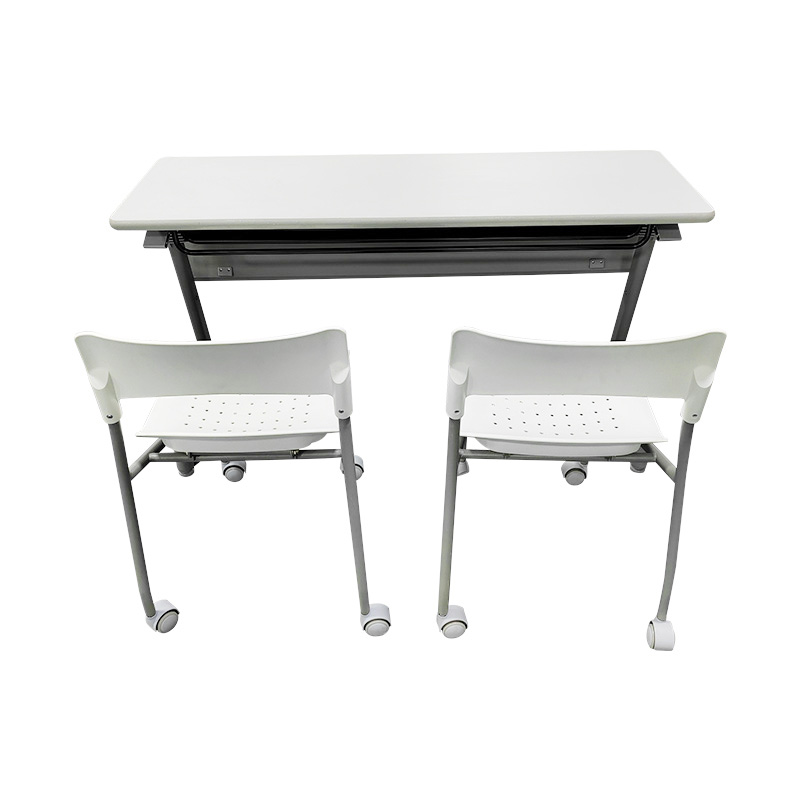
Schools require furniture that is durable, safe, and able to handle daily use by students of all ages. Fixed height school desk and chair sets are a common choice because of their simplicity and stability. However, questions often arise about whether this type of furniture can endure heavy usage over time. Evaluating materials, construction, and maintenance practices helps schools make informed decisions.
Construction and Material Quality
One of the main factors determining the durability of fixed height school desks and chairs is the material used. Frames made of solid steel or reinforced aluminum are generally more resistant to bending or breaking under continuous stress. Tabletops and seat surfaces made from high-density laminate or treated wood can handle scratches, spills, and repeated use without losing structural integrity. Chairs with welded joints or reinforced fasteners are less likely to wobble or loosen over time, which is especially important in classrooms where furniture is moved frequently.
Weight Capacity and Stability
Fixed height school furniture is often designed to support a standard range of student weights. However, heavy usage by multiple students each day can test the limits of even well-constructed desks and chairs. It is important for schools to select products that specify weight capacity and stability ratings. Wider chair bases and desk legs with cross-bracing can prevent tipping or wobbling, reducing the risk of accidents and increasing the furniture's lifespan.
Daily Wear and Tear
Classrooms experience a lot of activity, from students leaning back in chairs to dragging desks across floors. Fixed height school desks and chairs that are exposed to these conditions must be resilient. Scratch-resistant surfaces and powder-coated metal frames can reduce visible damage, while non-slip feet on chairs and desks help prevent floor damage and movement during use. Schools that implement simple care routines, such as tightening screws regularly and cleaning surfaces with appropriate solutions, often find that their furniture lasts longer under heavy usage.
Design Considerations
While fixed height furniture does not offer adjustable seating, careful design can still enhance durability. Chairs with contoured seats and reinforced corners, along with desks with rounded edges, can handle frequent handling without chipping or cracking. Stackable chairs or desks that can be rearranged without compromising stability are beneficial for classrooms with limited space or dynamic seating arrangements. These design features contribute to long-term usability in demanding school environments.
Budget and Maintenance Balance
Durability is often a balance between upfront cost and long-term maintenance. Investing in well-constructed fixed height school desks and chairs may require a higher initial expenditure, but it can reduce the need for frequent replacements. Simple maintenance practices, such as checking joints and cleaning regularly, can significantly extend the life of the furniture. Additionally, using protective floor mats under desks or chairs in high-traffic areas can minimize wear on both furniture and flooring.
Fixed height school desks and chairs can withstand heavy usage when designed and constructed with quality materials, reinforced joints, and practical features for classroom activity. Understanding weight capacities, addressing daily wear and tear, and implementing routine maintenance all contribute to their durability. While adjustable furniture has its advantages, fixed height options provide a stable, long-lasting solution for many educational settings.
By focusing on material quality, structural design, and simple care routines, schools can ensure that fixed height school furniture remains functional and safe over years of regular use. This type of furniture offers a reliable option for classrooms where consistent performance is needed day after day.


 English
English русский
русский Español
Español عربى
عربى
